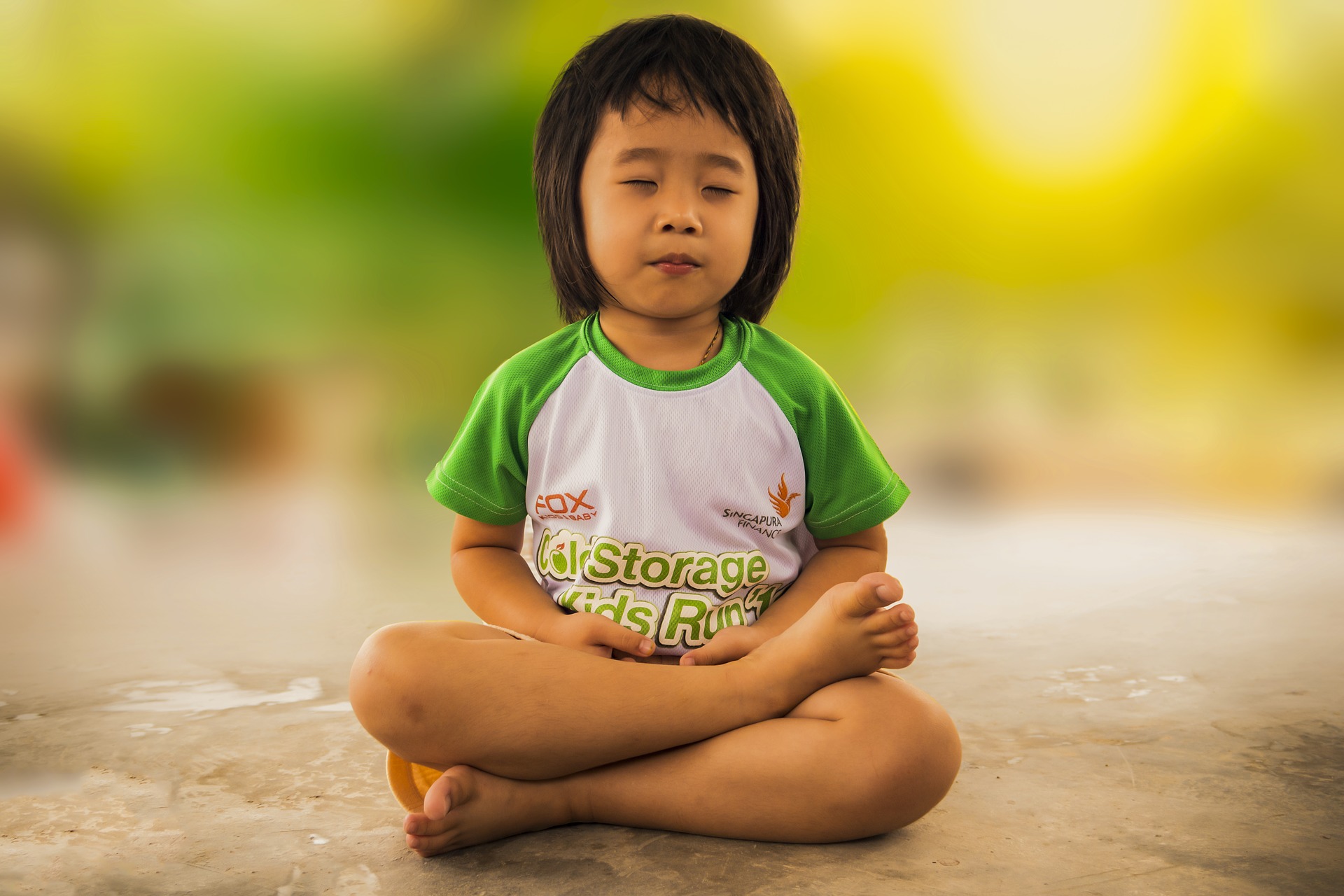Dr. Lindsay Asawa
Emotions can be powerful and overwhelming at times. For children, this is almost always the case. They lack the brain development needed to help them regulate and cope with those feelings. As a result, children tend to wear their emotions on their sleeves. When they are sad, they cry. When they feel angry, they scream. This is not necessarily a bad thing! Emotions are normal and healthy, so there is no need to push them away. Those impulsive emotional reactions help children communicate what they need and learn ways to cope.
As parents, our goals should be to watch and listen to what is being communicated, allow our children to feel those emotions, but also to teach the difference between emotions and behaviors. All feelings are okay but not all behaviors are okay. As children mature and their brains develop, they should begin to regulate those powerful emotions more effectively. They will learn to identify how they are feeling, understand why the emotions occur, and learn ways to cope and self-soothe.
We can help that process along by teaching helpful coping skills from an early age:
Build a “feelings” vocabulary
Teach as many words as possible to describe feelings. Read books and have discussions about feelings. Ask how they are feeling and describe your own emotions. Encourage your child to use words instead of behaviors to communicate how they feel. It’s amazing how powerful and soothing words can be!

Practice mindfulness
Children benefit from learning to be still and noticing what is going on inside and outside of their bodies. They can do a “body scan” to be mindful of physical changes that come along with strong emotions (racing heart, difficulty breathing, stomach butterflies). They can practice using all five senses to become aware of their surroundings. Mindfulness will help to ground your children when the emotional storm is carrying them away.

Practice acceptance
Teach children to welcome their emotions and invite them in. When we encourage children to push their feelings away or “get over it” too quickly, those feelings begin to combine with other feelings and can become even more powerful and destructive. If children are not allowed to feel, they will look for unnatural and unhealthy ways to cope. Rather than saying “Stop crying, you will be fine!” tell them “I know you are disappointed and I’m sorry.” Then wait for the emotional storm to pass.
Use breathing techniques
Research has shown that our breathing rate often increases when we are angry, afraid, and feeling other strong emotions. This is caused by our body’s natural “fight-or-flight” reaction to stress. One way to reverse this reaction is to force our breathing to slow down and become more regular. Taking deep, controlled, mindful belly breaths sends a message to the brain that it’s time to calm down.
Combat negative thoughts
Behind most powerful emotions are negative (and often irrational) thoughts. If we can help children recognize those negative thoughts and understand the connection between their thoughts and feelings, this can be an important coping tool. We can help them fight that negative voice with a more positive one. Our goal is to instill a positive inner voice in our children that helps to “talk them through” the tough feelings and challenges they will face.

Distraction
Sometimes the best way to calm an emotional storm is to do something or think about something different. There are many helpful forms of distraction – imagining and visualizing a “happy place,” going outdoors and spending time with nature, listening to soothing music, reading a book, and doing puzzles are just a few examples. Focusing on others by volunteering or helping a friend can also replace the negative feelings with joy, satisfaction, pride, and self-respect.

Redirect energy
It can be helpful to release the tension and physical stress that come along with strong emotions. When we soothe our body, it often soothes our and emotions as well. Children can be encouraged to exercise, go for a walk, do muscle stretches, play sports, or practice yoga.
Ask for help and support
According to research, stubborn self-reliance does not necessarily lead to resilience. Building resilience means connecting children with supportive adults and peers. Let them know how important it is to reach out to others when they are struggling. One of the most important coping skills children can learn is when and who to ask for help. At the same time, if you need support in managing your child’s emotional storms, trained counselors and psychologists are always ready to help.


